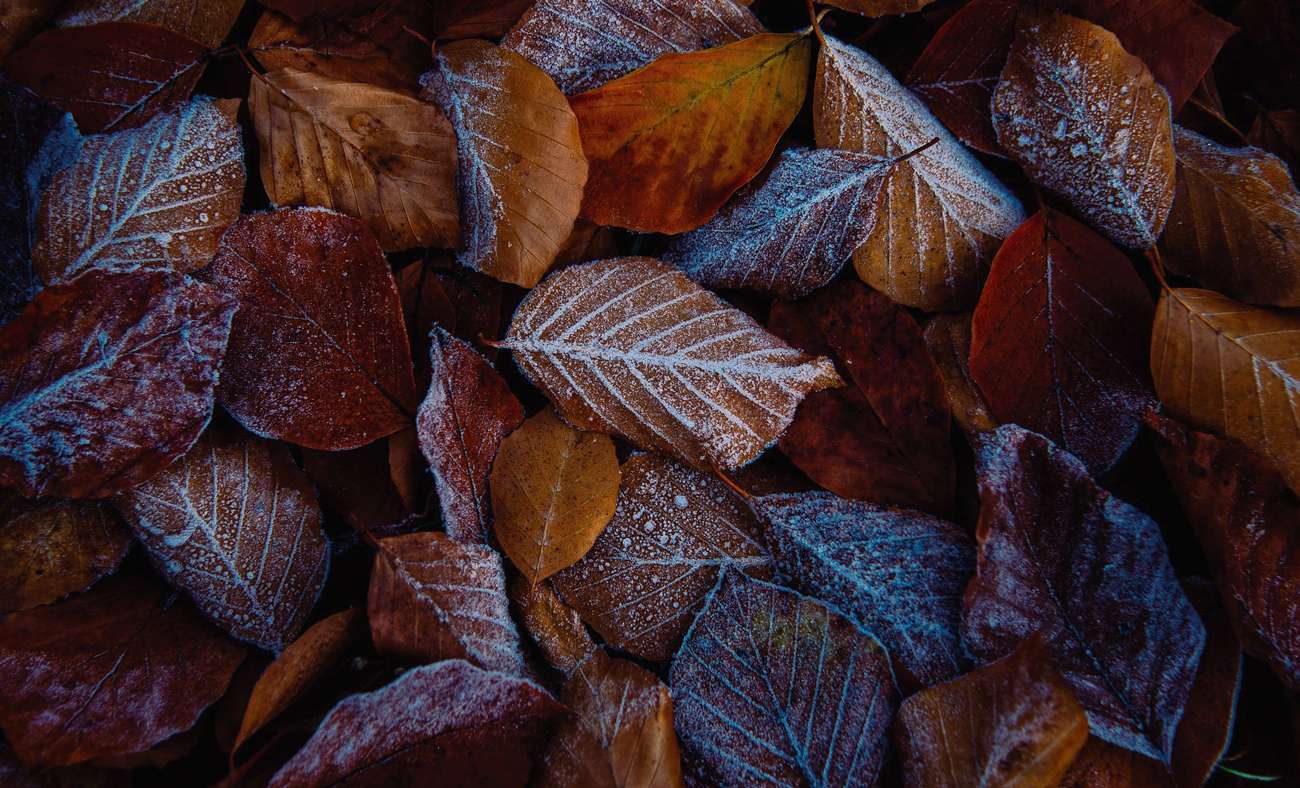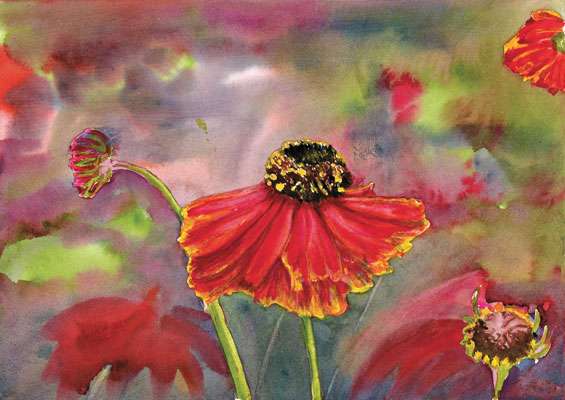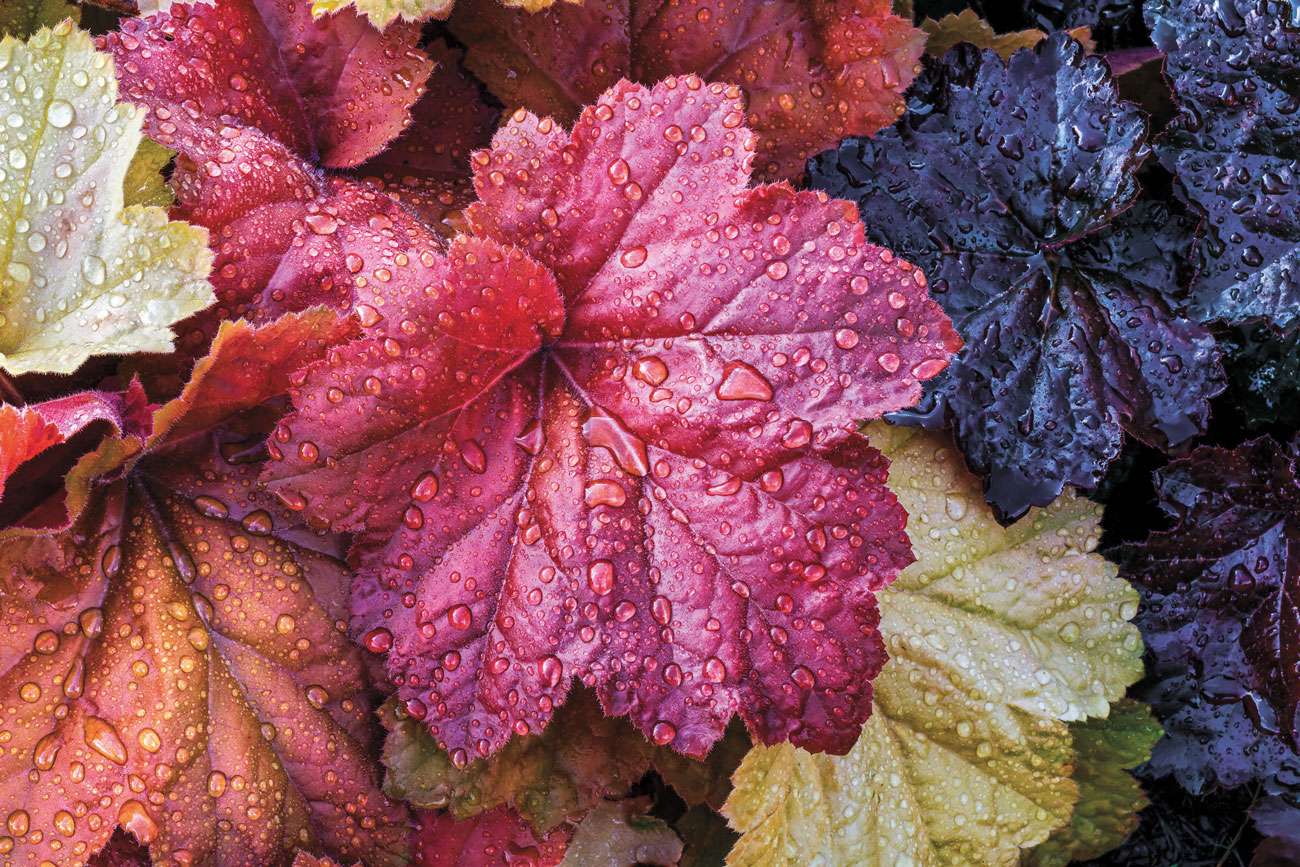
The clock change does seem to have been more dramatic than usual this year, as it seemed to be darker in the morning AND in the evening. The position of the sun in the sky is changing. That, in turn, alters how we perceive colour and light. In the height of summer, the sun is as far overhead as it gets. But the sun drops and drops after the summer solstice in June — and the change speeds up at the midpoint toward winter.
During the months of September and October we are constantly losing roughly 2 minutes per day as we near the Autumnal Equinox, which is when we receive an “equal” amount of daylight and darkness. The good news is that from the Winter Solstice on 21 December the days will be getting longer, albeit by only 2 minutes per day but it is going in the right direction at last!
When the U3A Garden Group met in October, we had a very engaging speaker on how to increase the diversity of wildlife in our gardens and we plan to increase the awareness of how to encourage animals, birds and pollinators into our gardens and villages. So here are some of our initial thoughts:
- Leave nature to take its course – tidy and weed rarely!
- Put up bird boxes, hedgehog houses and insect hotels.
- Sow wildlife meadows in the garden to attract pollinators.
- Teach the young all we know, no matter what or how little.
- Leave gaps in hedges and fences to maintain wildlife corridors.
- Wildlife can be attracted to a garden no matter how small it is.
There are also other broader initiatives in Cranleigh, such as Cranleigh in Bloom, whose flower borders, troughs and window boxes along the High Street attract bees and other pollinators all summer long. Also, Knowle Park will be a brand new 60 acre Country Park, which is being created in the heart of Cranleigh, featuring a lake and an adventure park. There will be a series of land features and hillocks and they will be planting hundreds of new trees, throughout the park.
This is really the time to finish sweeping up leaves, staying off the lawn especially if there is a frost and keeping any cuttings and indoor bulbs warm and watered. I make supports for Amaryllis bulbs from willow and cornus cuttings pushed into the compost in the pot. They work as a colourful support for the gorgeous flowers and hopefully they will start to grow roots, so they can be planted out in the garden in the spring – for free!
So, soon we can spend more time wandering in the garden, looking for little surprises, smelling the flowers that scent the air and smiling at the fun that really will spring up again over the next few months.












